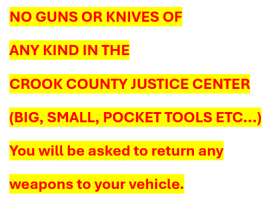Identity Theft
Identity theft is a crime that is often difficult to detect and even more difficult to recover from. For several years, identity theft remained the fastest growing crime in America. Only recently has its growth slowed slightly, but it’s still estimated that millions of people are identity theft victims every year.
Thieves continue to find increasingly clever ways to steal your personal information. They steal your mail, go through your trash, and even snatch your wallet when you’re not looking. Some thieves use electronic devices to steal your credit card information in legitimate transactions. Other thieves hack into the computer systems of companies you’ve done business with and take your personal information.
There are some things you can do on your own to detect and prevent identity theft. For example, checking your credit reports at least once a year will give you a heads-up on any suspicious accounts that have been created in your name. The federal government has worked with the credit bureaus (Equifax, Experian, and TransUnion) to create www.annualcreditreport.com, a central site you can use to receive a free, government-granted credit report each year.
Identity monitoring
Identity monitoring provides all the features of credit monitoring plus additional services that help you prevent identity theft. For example, identity monitoring might offer additional notifications for things like address changes, account information posted on the internet, and other symptoms of identity theft.
When you’re choosing an identity monitoring service, you want to be notified of as many signs of theft as possible and as quickly as possible.
Protecting your personal data
Whether you decide to pay for an identity theft protection service, there are still some steps you can take on your own to help prevent identity theft.
Keep your personal identifying and financial information safe. This includes your social security number, credit card number, PIN, and checking account number.
Shred your billing statements and unused credit cards rather than tossing them directly into the trash.
Check your billing statement each month. Contact your bank or credit card company immediately if you notice any suspicious and unexplained credit card charges.
Get your credit report at least once a year. Three times a year is better. You can order one of your credit reports every four months to watch your credit throughout the year.

